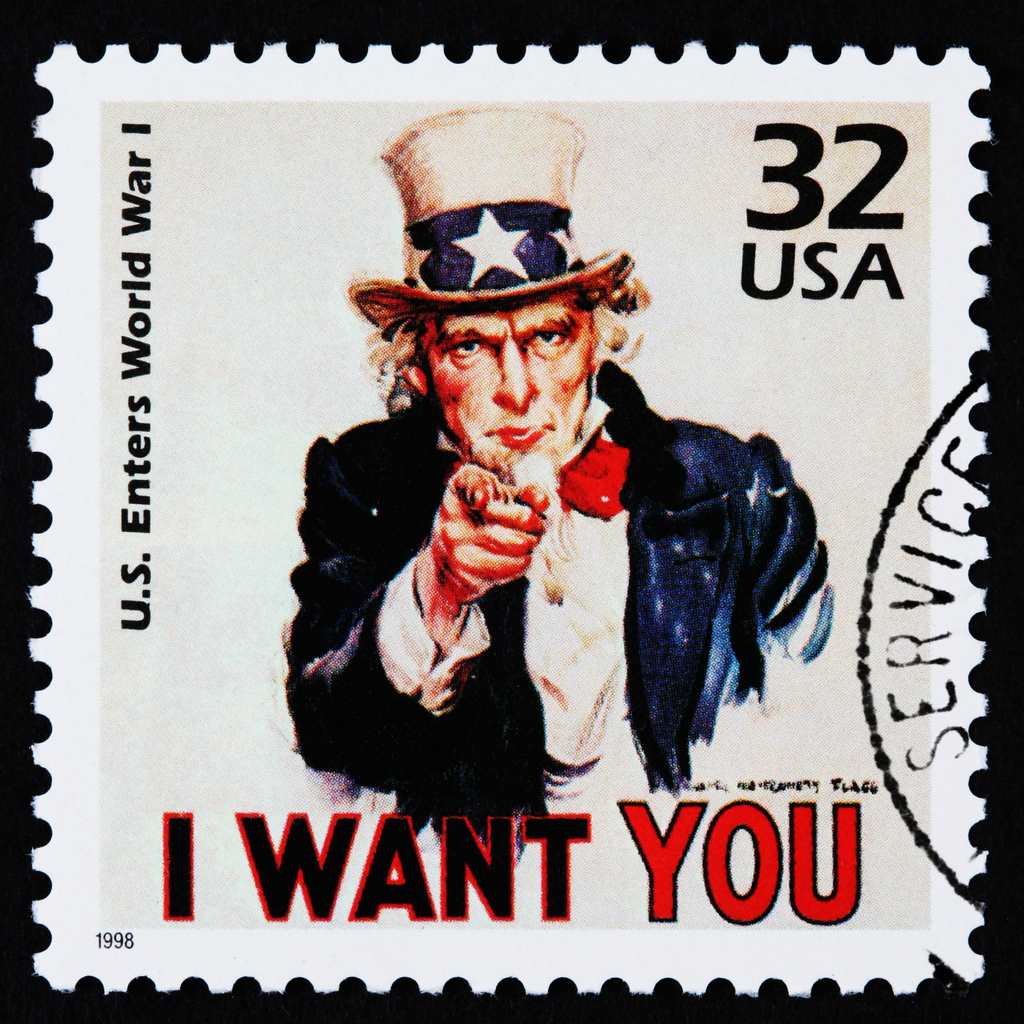- Share Discover the 2 Best Secrets to Writing Brain-Craving Content on Facebook
- Share Discover the 2 Best Secrets to Writing Brain-Craving Content on Twitter
- Share Discover the 2 Best Secrets to Writing Brain-Craving Content on Linkedin
- Share Discover the 2 Best Secrets to Writing Brain-Craving Content via email
So you want to become a brain-craving content creator? Well first you need to know a little something about the brain.
It doesn’t like to work hard.
I know, I know… you probably went to college, your degree says you’re pretty smart—and you think you make considered decisions. And the truth is you do—sometimes.
However the dirty little secret is, our brains usually like to take the easy way out. Don’t take my word for it. Take the word of a Nobel Prize winning economist.
Nobel Prize Winner Reveals the Importance of Mental Shortcuts


This image of Daniel Kahneman by NRKbeta.no is licensed under a Creative Commons Attribution-Share Alike 3.0 Norway License.
Permissions beyond the scope of this license may be available at http://nrkbeta.no/cc/.
Daniel Kahneman won the Nobel Prize in 2002 for his work on behavioral economics. He also authored the book Thinking, Fast and Slow. In it, he explains that the brain doesn’t like logical, rational, conscious thinking, and will take any shortcut it can.
As a result, humans exhibit a number of cognitive biases and constantly use decision-making shortcuts. These are actions we perform automatically, instinctively, and reflexively.
We’ve developed these biases and shortcuts over the millennia as a way to conserve mental energy. This is because we couldn’t possibly weigh every bit of information before making a decision—or we’d never make any. Or it’d be too late by the time we did.
So we default to hardwired, automatic actions that make things easy for us.
Look at it this way. Imagine I suddenly sneezed. You would likely say, “Bless you,” or “Gesundheit.” You wouldn’t stop to think about it, you’d just respond. It’s instinctive and easy.
Social scientists have documented dozens and dozens of these automatic behaviors. They affect all kinds of decisions, including what we read, whom we trust, and when we take action. Which is why it’s so important for a content creator to know about them.
If You’re a Content Creator, You Have a Lot of Company—Which Has Consequences
Speaking of content, if you want to be a brain-craving content creator, you also need to know a little something about content.
A 2016 Domo study reported that every minute, Giphy serves 569,217 gifs, YouTube users share 400 hours of new video, and BuzzFeed users view 159,380 pieces of content. And you know those numbers continue to skyrocket.
In fact, according to IBM’s 10 Key Marketing Trends for 2017, experts estimate a full 90 percent of all data ever produced by humans has been produced in the last 12 months.
This is precisely why some content marketing gurus urge us to generate less content: to focus more on quality than quantity.
The truth is, with all the competition today, it’s no longer enough to write something that’s filled with great information, that reflects your brand voice, and that is perfectly produced.
Today you need to do more to ensure people read your writing. That’s where Brain-Craving Content comes in.
But first, some disclosure. You should know I come at content writing influenced by two things: I have a journalism degree and a job in marketing.
My journalism degree taught me to write with objectivity, to write for my audience, and to write using the inverted pyramid. Since we live in an age when reading is often replaced with scanning and the human attention span has dropped below that of a goldfish, these are important skills to have. Not just for journalism, but also for any content creator. (Content marketers desperately need more journalists.)
It doesn’t stop there. My marketing career taught me that words must motivate, that content needs to be consumed, and that ultimately content should build preference and prompt action. Otherwise, what’s the purpose?
Where Does That Leave Us?
If content needs to drive action, and science has proven many actions are automatic, it would be extremely helpful to know which triggers prompt hardwired, automatic actions.
I’d like to share a few of them with you today. You’ll find they fit nicely beneath two key guidelines.
#1 Some Words Count More Than Others
Or as I like to say, in writing—as in Scrabble—some words are worth more than others. These are the words that:
- Increase readership
- Influence the way we absorb information
- Incent response
Four Words That Increase Readership
A number of tests, including in-market, heat mapping, and eye tracking, all prove that some words have the power to pull the human eye in and increase readership. These are ideal words for a content creator to place at the beginning of a headline, title, lead sentence, etc.
Here are four you should find especially useful:
New
Social scientists know the human brain craves novelty. Why? Because when we find something new it activates our reward center, which releases dopamine. And that feels good. As a result, we are constantly on the lookout for the next new thing.
So use the word “new.” In fact use the entire family of “new” words: “now,” “announcing,” “introducing,” “finally,” and “soon”—to signal to the brain that something novel is on the horizon.
Free
Your next power word is “free.” Dan Ariely, noted behavioral economist and author of the New York Times bestseller Predictably Irrational, devotes an entire chapter in his book to the pulling power of the word free. He explains that we place more value on free items than they deserve. We are just automatically drawn to “free.”
So use this word liberally in your content to attract readership. Also, here’s an interesting side note. According to Worldata’s 2016 study on email subject lines “18 Critical Email Marketing Tips Volume 1,” “free” delivers twice the opens of “complimentary.”
You
 Your third power word is “you.” Social scientists have found that people are attracted to things that remind them of themselves. And the word “you” certainly does that. In fact a BI Norwegian School of Business study found that self-referencing tweets and ad headlines (those using the words you or yours) lift readership.
Your third power word is “you.” Social scientists have found that people are attracted to things that remind them of themselves. And the word “you” certainly does that. In fact a BI Norwegian School of Business study found that self-referencing tweets and ad headlines (those using the words you or yours) lift readership.
So downplay your use of words like “I,” “we” and “our company,” and increase your use of the word “you.”
Secret
Your final power word is “secret.” Why is it so powerful? Scientific research shows that people find information more persuasive if they believe it’s not widely available. The word secret certainly suggests that.
Pro tip: so do phrases like “sneak peek,” “inside story,” and “behind the scenes look.”
Use these words to increase readership. Other words actually have the power to influence how we absorb information.
How Can Words Influence How We Absorb Information?
In a landmark study, psychologist Elizabeth Loftus showed a video of a car accident to two groups of people. Each saw the same video.
Then she asked one group to estimate how fast the cars were going when they “contacted.” She asked the second group to estimate how fast they were going when they “smashed.”
The first group said 31.8 miles per hour. The second group said 40.8 miles per hour. That’s a difference of over 28 percent.
Remember, they all saw the same video. The verb used in the question was the only difference. It literally influenced people’s perception of what they saw.
In another example, the Journal of Consumer Research reported that people given a choice of a “fruit chew” or a “candy chew” ate more fruit chews because they understood them to be healthier.

Sometimes it’s not just the words you choose, but the order you put them in that influences how people absorb the information. For example, researchers at the University of Geneva asked people:
Can you smoke while you pray? And 96 percent said no.
Then they rephrased the question and asked: Can you pray while you smoke? This time 97 percent of respondents said yes.
It was the same two things done simultaneously. But the study results were dramatically different depending on how they asked the question. Social scientists refer to this as “framing,” and you can see how effective it is.
These are just a few examples of the way words can influence how people absorb information. Now let’s look at how some words can actually prompt action.
Certain Words Drive Response

Harvard University researcher Ellen Langer ran the now-famous photocopier study in 1978 that proved just how powerful the word “because” is.
Langer sent someone to the head of a line of people waiting to use a photocopier, and had that person say, “Excuse me, can I cut in front of you?” When the person asked, they were allowed to cut ahead 60 percent of the time.
Then Langer repeated the experiment. This time she instructed the person to say, “Excuse me, can I cut in front of you because I’m in a hurry and have a few copies to make.” People then allowed the person to cut ahead 94 percent of the time.
Now you may be thinking, ‘Well, the person said they were in a hurry.’ But Langer repeated the experiment a third time. This time she instructed the person to say, “Excuse me, can I cut in front of you because I have a few copies to make.”
Here, 93 percent of the people said yes—statistically insignificant from the 94 percent—even though everyone standing in that line had copies to make.
Langer identified the word “because” as a compliance trigger. When we see or hear it, we start to nod like little bobble heads without fully processing the words that come next. We simply assume that they’ll offer a good, logical, legitimate reason.
The word “because” clearly triggers a decision-making shortcut, and can be extremely helpful in getting people to respond positively to content.
“Because” isn’t the only word that prompts action though.
Tap Into Information Gap Theory

Neuroeconomist George Lowenstein coined the phrase “information gap theory” [pdf]. It describes the phenomenon that happens when people encounter a gap between what they already know and what they want to know. They take action to close that gap.
This is important to a content creator, because we want our content to drive responses.
I’ve found one of the most effective ways to help a reader see they have a gap in their information is to use something I was taught as a journalism student at Boston University. And that is the five Ws and one H.
Early in our classes, we were taught to write our articles in a way that quickly answered the five Ws and the one H: who, what, where, when, why, and how. Our instructors explained that readers wanted to know the answers to these questions, so if we provided them, it meant we’d get eyeballs.
Content marketing is no different. Start your headlines or titles with who, what, where, when, why, or how and you’ll drive action. People will automatically start to read what you’ve written.
For example, you can take a headline like, “The Difference Between Marketing Success and Failure” and rewrite it as “What’s the Difference Between Marketing Success and Failure.”
Or you can recast a headline like “Navigating Rocky Terrain” as “How to Navigate Rocky Terrain.” These small changes can make a big difference in getting people to consume your content.
But I do have one word of warning here. Make sure you pay off what you promise. Don’t descend into clickbait.
Do You Know the Surprising Effect of Questions?
A BI Norwegian School of Business study offers another way content marketers can drive action, and that is to use a question instead of a declarative sentence. Their research shows that questions generate a 140-150 percent lift in engagement over declarative sentences.
Here’s a quick refresher if it’s been a while since you sat through an English class. An example of a declarative sentence is, “Wine may improve your memory.” The question or interrogative version of that would be “Does wine improve your memory?”

Naturally you can’t phrase all your sentences as questions. But consider using one in key pieces of real estate like headlines, subheads, subject lines, etc.
#2 Always Opt for Easy
The second overarching guideline for creating brain-craving content involves the principle of Cognitive Fluency. Simply explained, it means that people prefer things that are easy to think about and easy to understand.
That may not come as a shock to you. However, it gets better.
Not only do people prefer things that are easier to think about and understand, they judge them to be more truthful and accurate. This is important to marketers because people want content they can trust.
And finally, when information is more cognitively fluent, people feel more confident in their ability to make a decision about it. That, of course, tracks nicely to our goal of getting people to take action.
When writing, aim to be clear and orderly. Science indicates that sometimes people actually fear complex, complicated ideas or designs. So stay on the side of concise and meaningful.

To write cognitively fluent copy, write using:
- Short sentences
- Active voice
- Specific benefits
- Information chunks
- Familiar language
In Short, Make it Easy
It’s true this may not be new advice. In fact Nielsen Norman Group reported in 1997 that concise, scannable, and objective copywriting increases a site’s usability by 124 percent. The problem is, this advice is often forgotten.
Sometimes a content creator will sometimes favor jargon, big words, and long, complicated sentences, falsely believing it helps convey their expertise. What they may not realize is that when the brain encounters something that’s hard to process, very often the reaction is to just skip it—to move on to something easier.
With all the content out there these days, there’s always something else to move on to.

Occasionally I’ll make this point while speaking at a conference, and a would-be content creator will raise their hand to ask something like: “Isn’t it different for certain verticals? For example, I work in finance and that’s an area where more complicated words and sentence structures should be used, right?”
True, marketing REITs isn’t quite the same as marketing beer. But remember, people are people, and generally speaking our brains prefer the easy way out.
In fact, a team of researchers from Princeton University conducted a very revealing study that involved the stock market. They looked at the effect of stock names on stock performance. They found that stocks with easier to pronounce names did better in the market than stocks with harder to pronounce names.
This held true even after the data was controlled to allow for factors like company size and industry. So there’s a dollars and sense argument for cognitive fluency.
The Brain Likes What It Sees When It Can Be Read With Ease
A psychologist named Matt McGlone researched cognitive fluency.

He found that people judged phrases that rhyme to be truer and more accurate than similar phrases that don’t rhyme. For example, consider these two sentences: “Woes unite foes,” and “Woes united enemies.” They both mean the same thing. But the first one rhymes, and would be judged the more truthful, more accurate expression.
Social scientists call this the “rhyme as reason bias.” They believe it stems from the fact that rhyming phrases are easier for our brains to process. When something is easier to process, it “feels right.”
To Write Brain-Craving Content, Just Follow These Two Guidelines
Your content has a lot of competition. But you can increase the likelihood it gets read and acted upon by following these two guidelines: “Remember that some words count more than others.” And “Always opt for easy.” If you tap into the proven behavioral science behind each of these, you’ll write more compelling content that’s hard to ignore. To optimize your utilization of brain-craving content, download the eBook: The Content Marketing Pyramid: A Framework to Develop & Execute Your Content Marketing Strategy.













